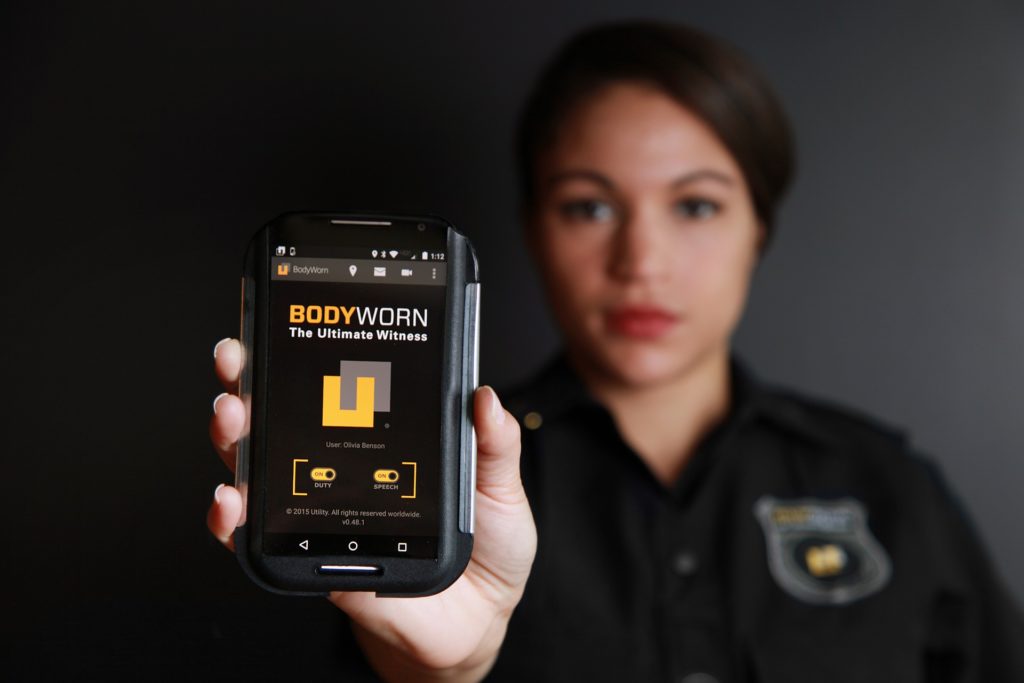
“History is a Greek word which means, literally, just investigation.”
Arnold Toynbee
As private investigators, oftentimes we begin our investigation long after the incident in question. Some investigations commence days after, others years. What’s common among all investigations is that we begin our task by understanding what took place by identifying people, places, and evidence.
The Canvass
The human race has conducted investigatory inquiries for thousands of years. Although many techniques have evolved as a result of science and technology, one technique has remained unchanged: canvassing. Through the methodical examination of an area associated with an investigation, also known as canvassing, investigators begin to understand what took place and discover additional witnesses and evidence.
During my previous career as a criminal investigator with the U.S. Marshals Service, I led multi-jurisdictional task forces investigating murderers, fugitives, escapees, and war criminals. Throughout the majority of these investigations, I consistently utilized canvassing as a way to develop leads and solve even the most complex crimes, and for good reason: because it works.
Officer Body Cameras
According to a November 2018 Bureau of Justice Statistics survey, 47% of general-purpose law enforcement agencies employ officer body-worn cameras. We’ve all seen news stories containing officer body-worn camera video. And while we oftentimes focus on the individuals being depicted, there is a plethora of additional useful evidence contained within the video.
Have you ever worked an old case that was stale and contained few leads, wishing you could go back in time to canvass the scene? Thanks to officer body-worn cameras, you can. When we obtain this video footage through a public records request or in discovery, we essentially are given a time machine. Through studying these videos, we are able to see the scene in real-time as it was at the time of the incident. Parked vehicles, undisclosed witnesses, visible but uncollected physical evidence, and other details may be present. Utilizing what can be seen in the background allows us to examine an old scene in real-time.
Obtaining Officer Body-Worn Camera Video
There are several ways to obtain officer body-worn camera video. For private investigators, the two most common ways are by filing a public records request or using the pre-trial discovery procedure, in which evidence is obtained from the other party. Even if received through the discovery process, it is highly recommended that the investigator file an independent public records request seeking any and all incident-related body-worn camera video, since many times discovery can be incomplete or delayed.
Retention. Retention. Retention. As a general rule of thumb, just about all public records are subject to retention schedules. In cases where you are seeking officer body-worn camera video in support of civil litigation, your timeframe to do so may be extremely limited. In these situations, drafting and filing letters of preservation is the best solution. Upon receipt of a new case where you suspect public records may be of value, immediately draft and serve letters of preservation asking the jurisdiction(s) in question to preserve, segregate, and maintain the data until such time a records request can be fulfilled or subpoenas sought. Remember, if you file a public records request seeking video today, the individual assigned to retrieve the video might not do so for several months. In the case of a civil matter, this passage of time could cause the evidence to “expire.”
Real Example
A few months ago, our agency was working a serious injury accident civil case that was almost a year old. Upon reviewing the investigative reports provided, it was discovered that the police took no measurements and made little effort to locate and interview witnesses. To further complicate matters, the incident occurred in a rural area containing no homes or businesses. What was essentially provided to us was a case with no evidence and no leads to assist with determining liability.
We quickly went to work filing letters of preservation and public records requests with the original investigating agency. Once the officer body-worn camera videos arrived, we studied the frames of each video in great detail and with precision. Utilizing visible roadway marks and reference points observed in the video, our accident reconstructionist was able to determine the position of the vehicles, sequence of events, and approximate speeds involved. What’s more, visible in many of the videos were the license plates of motorists who had witnessed the accident and stopped to assist, but they had never been interviewed by law enforcement. By simply checking the registrations of the vehicles that had pulled over, we assembled a detailed witness list and subsequently succeeded in obtaining numerous witness statements in support of our client. The end result? Our client’s claim went from being denied by the opponent’s insurance company to receiving a payout at the maximum policy limits. Thank you, time machine!
Conclusion
Sometimes when you have lemons, all you can do is make lemonade. But for those investigators who understand public records, procedures to obtain them, and the ways in which they can be utilized, they are in a unique position to canvass a scene in real-time through the lens of officer body-worn camera videos. Historical canvassing can produce evidence critical to leveraging negotiations or proving one’s case at trial.